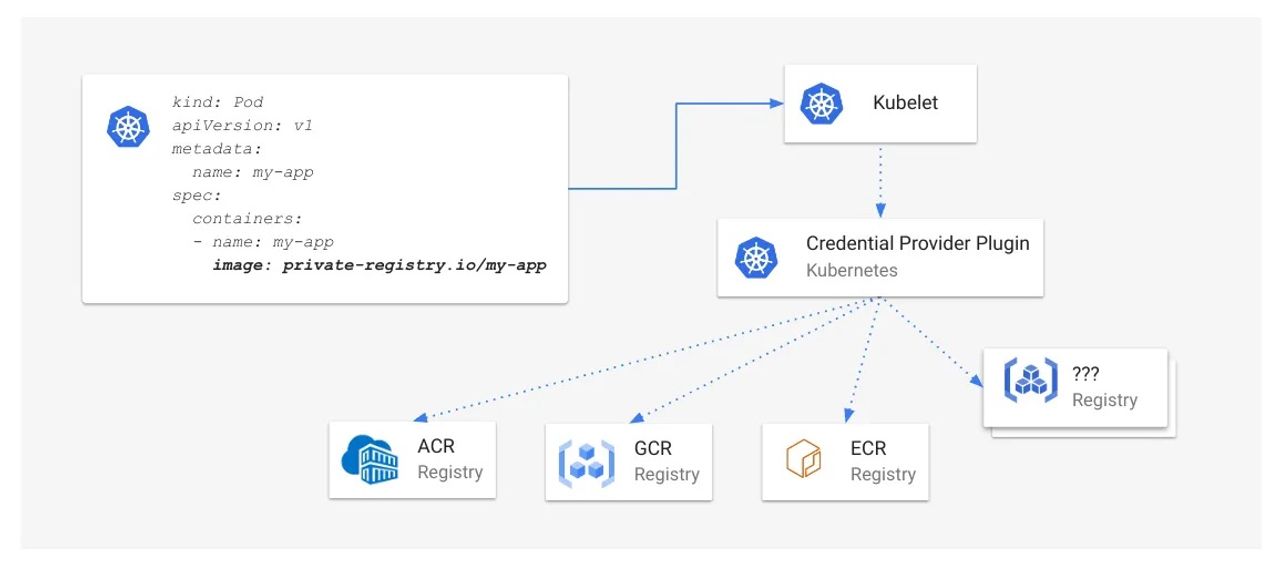This is the official style guide for Vue-specific code. If you use Vue in a project, it’s a great reference to avoid errors, bikeshedding, and anti-patterns. However, we don’t believe that any style guide is ideal for all teams or projects, so mindful deviations are encouraged based on past experience, the surrounding tech stack, and personal values.
For the most part, we also avoid suggestions about JavaScript or HTML in general. We don’t mind whether you use semicolons or trailing commas. We don’t mind whether your HTML uses single-quotes or double-quotes for attribute values. Some exceptions will exist however, where we’ve found that a particular pattern is helpful in the context of Vue.
[…]
These rules help prevent errors, so learn and abide by them at all costs. Exceptions may exist, but should be very rare and only be made by those with expert knowledge of both JavaScript and Vue.
[…]
This prevents conflicts with existing and future HTML elements, since all HTML elements are a single word.
[…]
When using the data property on a component (i.e. anywhere except on new Vue), the value must be a function that returns an object.
[…]
If you are developing a large project, working with other developers, or sometimes include 3rd-party HTML/CSS (e.g. from Auth0), consistent scoping will ensure that your styles only apply to the components they are meant for.
[…]
But they’ll never contain global state (e.g. from a Vuex store).
[…]
Unfortunately, HTML doesn’t allow custom elements to be self-closing - only official “void” elements. That’s why the strategy is only possible when Vue’s template compiler can reach the template before the DOM, then serve the DOM spec-compliant HTML.
[…]
Unfortunately, due to HTML’s case insensitivity, DOM templates must still use kebab-case.
[…]
In JavaScript, PascalCase is the convention for classes and prototype constructors - essentially, anything that can have distinct instances. Vue components also have instances, so it makes sense to also use PascalCase. As an added benefit, using PascalCase within JSX (and templates) allows readers of the code to more easily distinguish between components and HTML elements.
[…]






